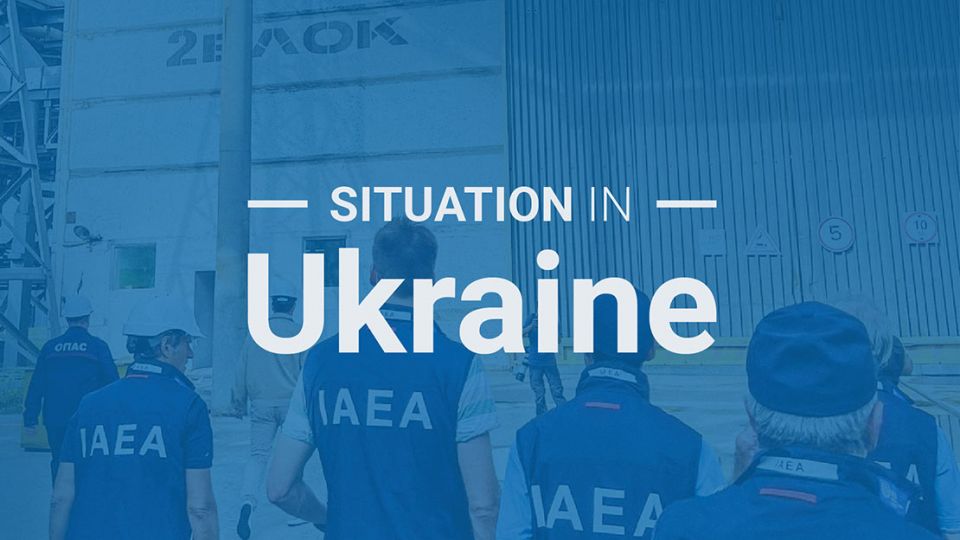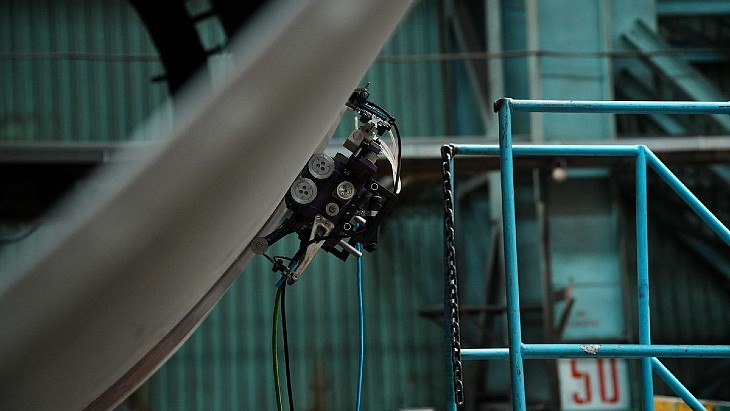Ukraine plant loses only remaining backup power line

Ukraine’s Zaporizhzhia nuclear power plant lost the connection to its only remaining backup power line last Thursday amid renewed indications of military activity in the area, the International Atomic Energy Agency reported.








.jpg)

